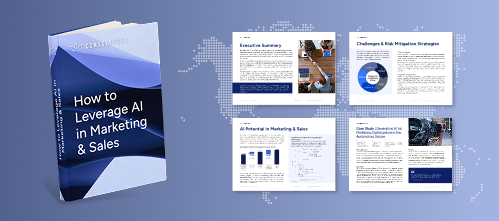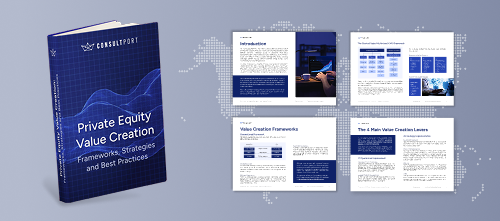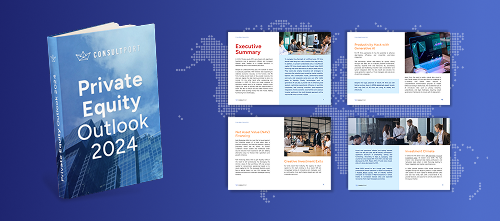Remember to fill in all the fields
Post Merger Integration (PMI): Tools, Strategies & Key Considerations
 Join thousands of professionals using this resource
Join thousands of professionals using this resource

- Common challenges during the PMI process
- Key considerations for PMI planning
- Practical strategies for PMI implementation
- Best Practices & Case Study
Post-merger integration (PMI) is the strategic process of combining operations, finances, and cultures of two separate companies into one new entity. As the integral part of an M&A transaction, how well the PMI process is planned and executed directly impacts the success of the merger, and companies are taking notice. According to PwC, 59% of companies are spending 6% or more of deal value on integration in 2022, compared to 38% previously.
In this guide, we first explore common reasons behind failed merger integrations. Then, we dive into key considerations during integration planning and provide practical strategies to ensure implementation success. Finally, we offer several best practices to help you navigate the integration process.
Our guides and templates are built to be practical, flexible, and easy to implement. Each resource includes real-world frameworks, best practices, and use cases that you can apply immediately.
Tailored for fast-moving project teams and decision-makers, these guides help you structure and lead initiatives with clarity and confidence.



Top-Tier Consultants
These resources are inspired from seasoned freelance consultants from the Consultport network.
Designed to help internal teams and freelance experts work seamlessly together, our tools bring top-tier consulting standards to your business, without starting from scratch.






